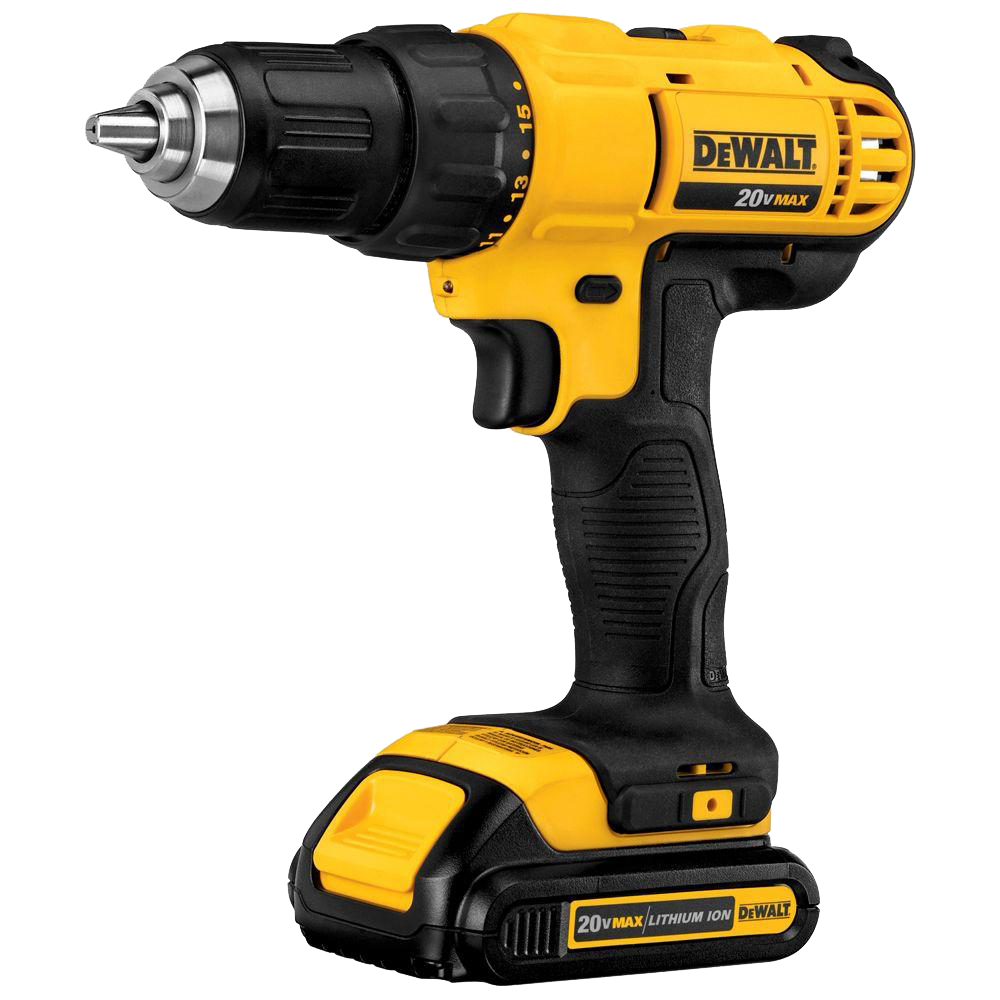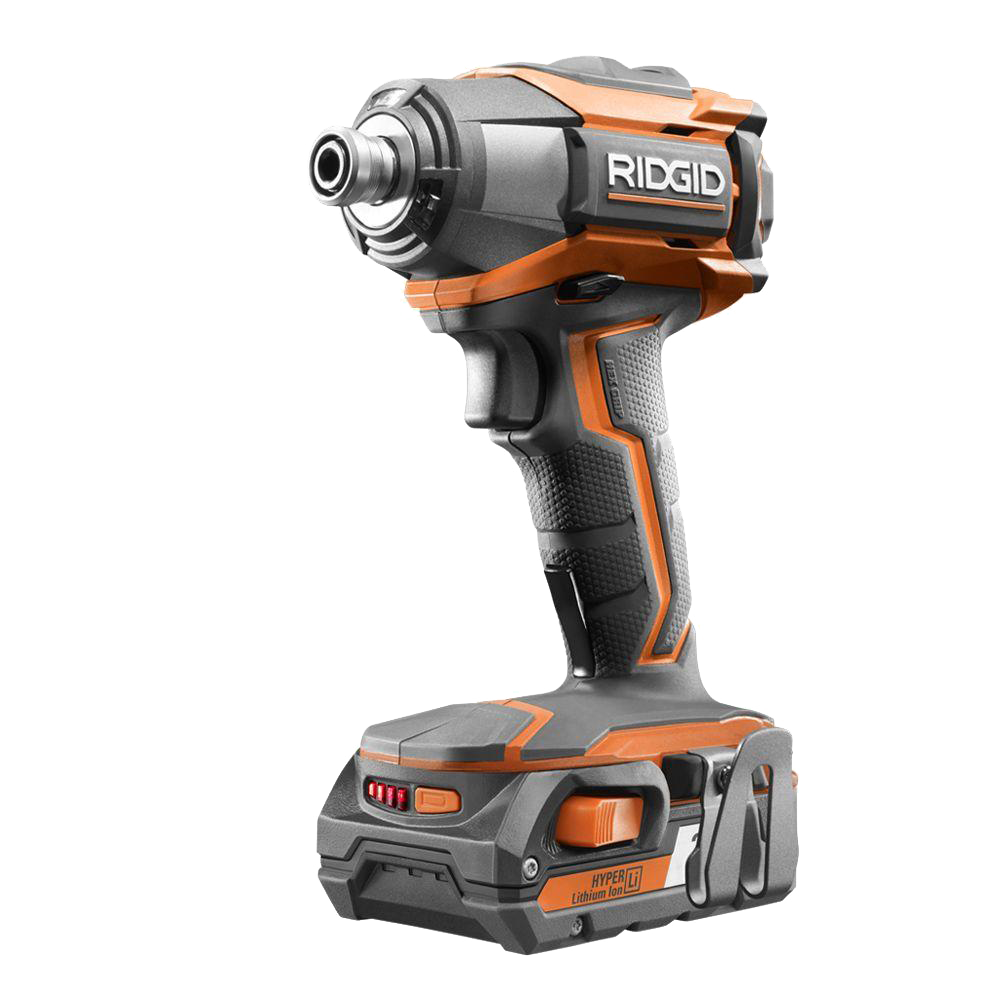
Cordless drills are one of the most versatile tools in any toolbox. However a new tool is taking some ground from the trusty power drill, that being the impact driver. This has many people asking… “Well what’s the difference?” Here’s a detailed look at the features and benefits of each tool.
Most new model cordless drills incorporate a keyless chuck which accepts a wide variety of round- and hex-shank drill bits, screw-driving bits, and other accessories. This differs from an impact driver in that an impact driver uses a collect that accepts hex-shank driver bits. All cordless drills are equipped with what is known as a slip clutch that allows the user to adjust the amount of torque for each application.
Similar to the cordless drill that most people are familiar with, an impact driver can appear similar in design, however engineered a bit differently. An impact driver is used drive screws faster and with more torque than a traditional cordless drill. Impact drivers are often used to set or fasten longer or wider screws that could normally bog down a standard 18v or 24v drill. Impact drivers are able to handle these longer screws and applications that require more power by producing a striking force in conjunctions with heavy rotational inertia. Generally speaking an impact driver can produce two to three times the torque than a traditional cordless drill can output.
 In spite of the power an impact drive can deliver, it is just as comfortable as any other traditional handheld drill. The majority of the driver’s torque and energy is transferred directly to the screw or bit itself, not to the user’s wrist, hand or forearm.
In spite of the power an impact drive can deliver, it is just as comfortable as any other traditional handheld drill. The majority of the driver’s torque and energy is transferred directly to the screw or bit itself, not to the user’s wrist, hand or forearm.
If your next project requires driving a high volume of screws or a lot of large or long screws then an impact driver should be considered. For instance, installing backer board, laying subflooring or constructing a deck. If these types of projects are not in your plans a traditional cordless drill might be the tool of choice for its shear versatility. It is important to note that the gap between these two tools is closing quickly and there are already a few manufacturers that are offering a drill/impact driver hybrid in their tool lines.






